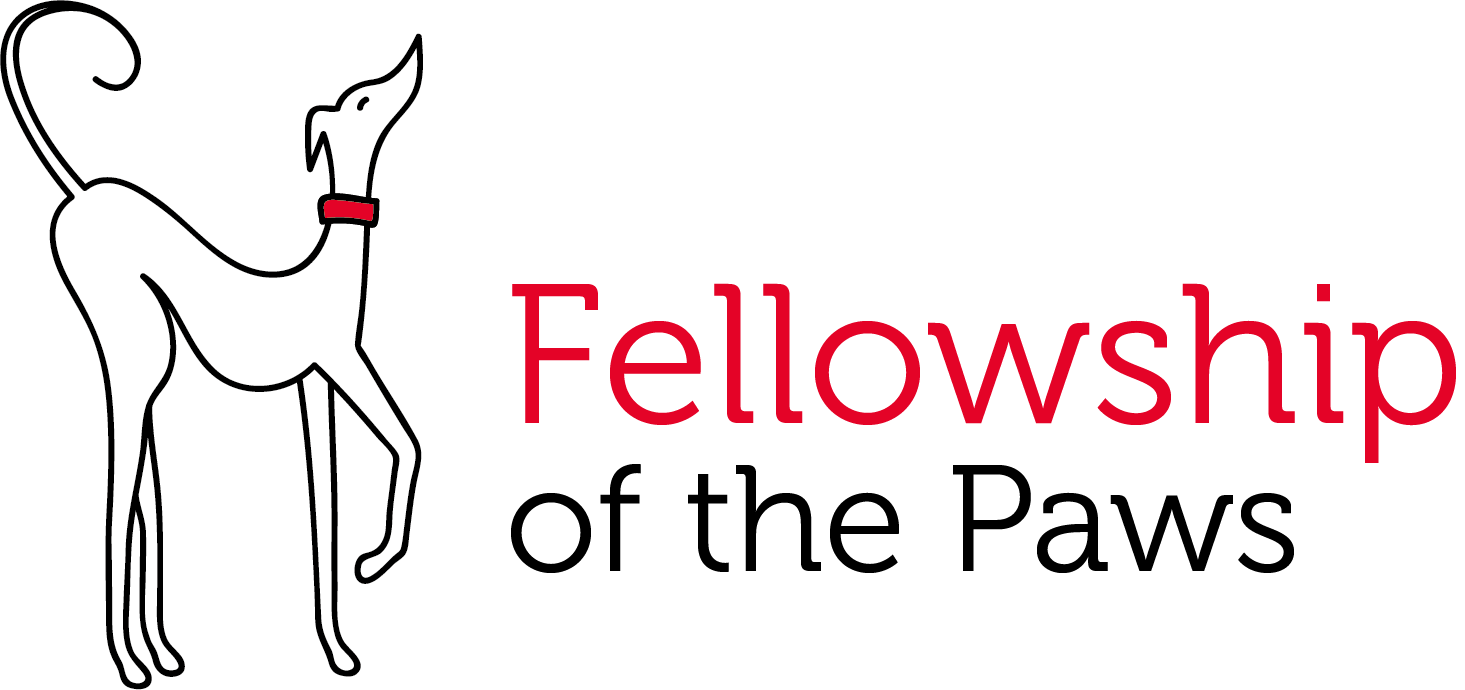Leash aggression/reactivity
We had a follower question from Ellie who wanted my take on leash aggression/reactivity.
Thanks for the question Ellie! This is such a common problem now and can be very frustrating and embarrassing for people. The reason I got into dog training is because I had a reactive dog. She used to bark, spin and generally go nuts at the end of the lead when she saw other dogs. I sought the help of a trainer and it changed our lives. It took time and patience and work but we got to a point we could walk past other dogs without issue.
There are so many reasons your dog might be reactive and it is important to identify that reason behind the reactivity first. Let’s look at some common reasons I see for reactivity in dogs:
Frustration/excitement. If your dog LOVES people and other dogs and wants to ‘say hello’ to every one they see then the lead will be holding them back. They get frustrated at not being able to get close so can bark and pull at their lead
Fear. If a dog is nervous around other dogs or has been attacked in the past them moving towards other dogs will increase their fear. If the subtle signs of your dog being fearful or nervous are missed, they can then escalate to barking and snapping. What they are trying to do is tell the other dog to get away.
Aggression. True aggression, where a dog actually wants to hurt the other dog isn’t as common but is still something to consider. Obviously, this is the most serious and can be directed at both dogs and people and is a subject all on its own.
What I see the most is that dogs have not been taught impulse control. That is, you don’t always get to say hello to other dogs and people you see. This usually starts from puppyhood and escalates. We want our puppy to ‘socialise’ with people and dogs so we let them greet everyone, all the time. This then becomes what they know and so one day when you decide you want to just keep walking, your dog pulls and barks to ‘say hello’, and it just gets worse from there! And other people don’t help when they think it is ok to let the puppy jump on them. The interactions of strangers wanting to say hello can install bad behaviours in our dogs.
The bottom line for this kind of reactivity though, is that your dog is being fulfilled by outside sources, not you. You want your dog to get all their joy from you and your immediate family, not from other people and dogs. You need to be the most exciting thing in their world and build a stronger relationship.
These dogs need to be taught impulse control. They need to learn that they can’t meet every person or dog they meet. This is where group obedience classes are beneficial. You not only learn to train your dog, but your dog learns to ignore or just keep walking past other dogs.
Fear based reactivity requires a gentler approach and dogs with this kind of reactivity are usually lacking in confidence. They may have been attacked by other dogs, have met only boisterous dogs who lack social skills, have not had a lot of exposure to other dogs or genetically are nervous. No matter what the reason, the biggest change we need to make is their exposure to other dogs/people. We want to make sure they are given the space they need to feel comfortable while working on their confidence.
We also need to teach fear reactive dogs a new behaviour, teach them what we want from them. We need to show them that they don’t have to act out when they see another dog and that we have their back. Show them that we will not put them in danger.
All leash reactivity takes time to change. If they have been exhibiting the behaviour for 2 years, it isn’t going to be fixed in 2 weeks! It is going to take time, consistency, patience and effort on your part to teach them a new way of life. And the thing that most people don’t realise is that there are usually other things going on in their world that need changing. It could be setting more boundaries and clear rules in the home. It isn’t often just leash reactivity and that’s why when we work with you to fix the problem, we do lots of other things that don’t involve walking your dog! We build the foundation of reliable obedience and clear communication first, then we go out into the world.
Need help with your leash reactive dog? Not sure where to start? Book in for a free 30 minute phone consultation and let us help you.



